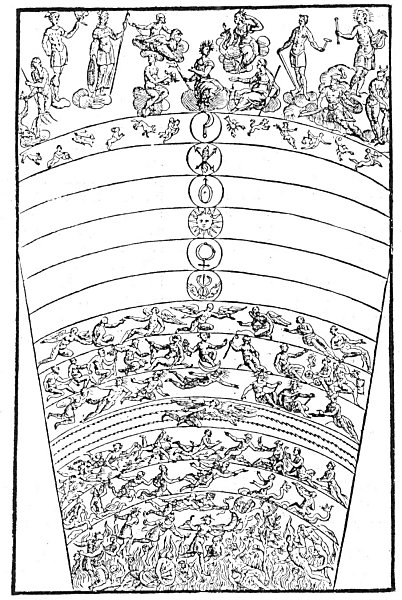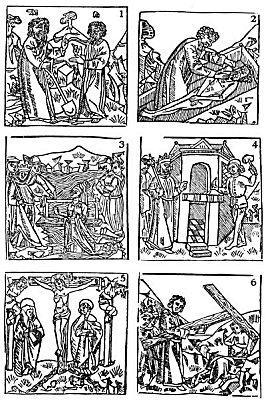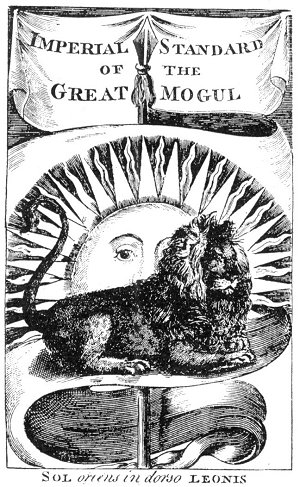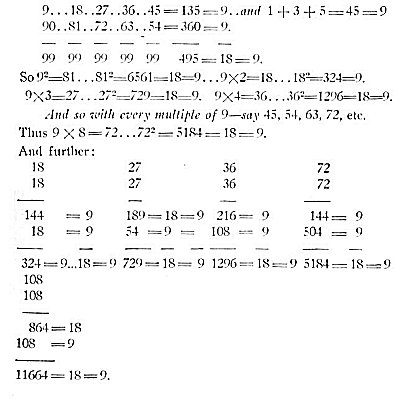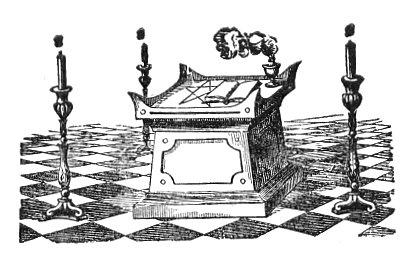p. 61
IT was a common practice among the early Egyptians, Greeks, and Romans to seal lighted lamps in the sepulchers of their dead as offerings to the God of Death. Possibly it was also believed that the deceased could use these lights in finding his way through the Valley of the Shadow. Later as the custom became generally established, not only actual lamps but miniatures of them in terra cotta were buried with the dead. Some of the lamps were enclosed in circular vessels for protection; and instances have been recorded in which the original oil was found in them, in a perfect state of preservation, after more than 2,000 years. There is ample proof that many of these lamps were burning when the sepulchers were sealed, and it has been declared that they were still burning when the vaults were opened hundreds of years later. The possibility of preparing a fuel which would renew itself as rapidly as it was consumed has been a source of considerable controversy among mediæval authors. After due consideration of the evidence at hand, it seems well within the range of possibility that the ancient priest-chemists did manufacture lamps that burned, if not indefinitely, at least for considerable periods of time.
Numerous authorities have written on the subject of ever-burning lamps. W. Wynn Westcott estimates the number of writers who have given the subject consideration as more than 150, and H. P. Blavatsky as 173. While conclusions reached by different authors are at variance, a majority admit the existence of these phenomenal lamps. Only a few maintained that the lamps would burn forever, but many were willing to concede that they might remain alight for several centuries without replenishment of the fuel. Some considered the so-called perpetual lights as mere artifices of the crafty pagan priests, while a great many, admitting that the lamps actually burned, made the sweeping assertion that the Devil was using this apparent miracle to ensnare the credulous and thereby lead their souls to perdition.
On this subject the learned Jesuit, Athanasius Kircher, usually dependable, exhibits a striking inconsistency. In his Œdipus Ægyptiacus he writes: “Not a few of these ever-burning lamps have been found to be the devices of devils, * * * And I take it that all the lamps found in the tombs of the Gentiles dedicated to the worship of certain gods, were of this kind, not because they burned, or have been reported to burn, with a perpetual flame, but because probably the devil set them there, maliciously intending thereby to obtain fresh credence for a false worship.”
Having admitted that dependable authorities defend the existence of the ever-burning lamps, and that even the Devil lends himself to their manufacture, Kircher next declared the entire theory to be desperate and impossible, and to be classed with perpetual motion and the Philosopher’s Stone. Having already solved the problem to his satisfaction once, Kircher solves it again–but differently–in the following words: “In Egypt there are rich deposits of asphalt and petroleum. What did these clever fellows [the priests] do, then, but connect an oil deposit by a secret duct with one or more lamps, provided with wicks of asbestos! How could such lamps help burning perpetually? * * * In my opinion this is the solution of the riddle of the supernatural everlastingness of these ancient lamps.”
Montfaucon, in his Antiquities, agrees in the main with the later deductions of Kircher, believing the fabled perpetual lamps of the temples to be cunning mechanical contrivances. He further adds that the belief that lamps burned indefinitely in tombs was the result of the noteworthy fact that in some cases fumes resembling smoke poured forth from the entrances of newly opened vaults. Parties going in later and discovering lamps scattered about the floor assumed that they were the source of the fumes.
There are several interesting stories concerning the discoveries of ever-burning lamps in various parts of the world. In a tomb on the Appian Way which was opened during the papacy of Paul III was found a burning lamp which had remained alight in a hermetically sealed vault for nearly 1,600 years. According to an account written by a contemporary, a body–that of a young and beautiful girl with long golden hair–was found floating in an unknown transparent liquid and as well preserved as though death had occurred but a few hours before. About the interior of the vault were a number of significant objects, which included several lamps, one of them alight. Those entering the sepulcher declared that the draft caused by the opening of the door blew out the light and the lamp could not be relighted. Kircher reproduces an epitaph, “TULLIOLAE FILIAE MEAE,” supposedly found in the tomb, but which Montfaucon declares never existed, the latter adding that although conclusive evidence was not found, the body was generally believed to be that of Tulliola, the daughter of Cicero.

Moe is the founder of GnosticWarrior.com. He is a father, husband, author, martial arts black belt, and an expert in Gnosticism, the occult, and esotericism.

